I'm looking for an automated way for adding & deploying SPFX solution package (*.sppkg) into the SharePoint 2019 (NOT online) app catalog. This is cause and doing the deploying using azure devops (CI/CD) release pipeline.
I found those two below tasks for adding this package:
- The first one worked fine in just adding the file to the app catalog but not deploying it, so I had to do it manually.
- The second task has the option to write PnP script against SharePoint, but the problem with me is that most of the scripts i found are for SharePoint Online not on premise.
Appreciate your support if you had such situation and got it solved using PnP or something else.
